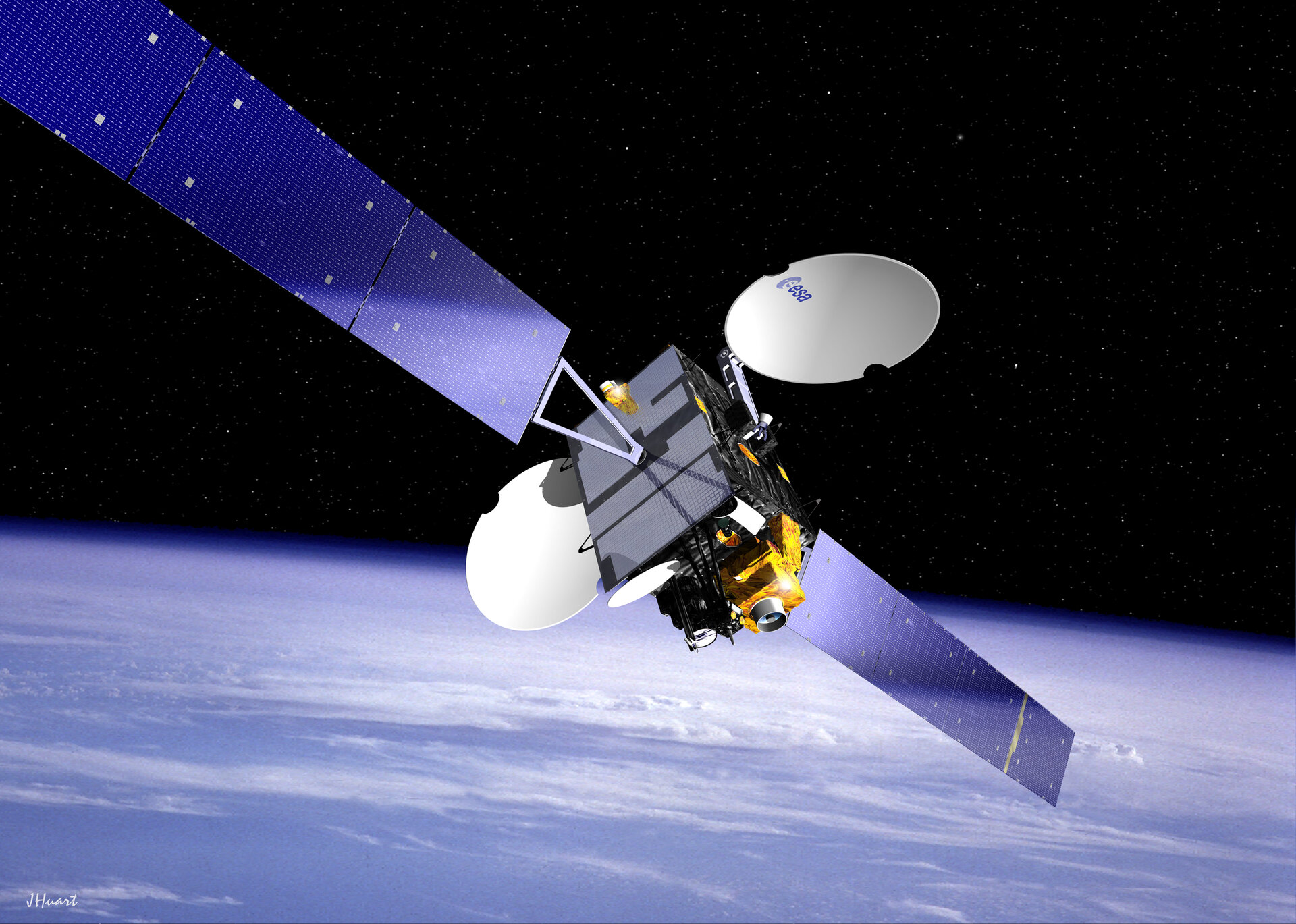Communication satellites telling us where they are
Communication satellites will eventually be able to tell us where they are using new on board GNSS (Global Navigation Satellite System) receivers that are being developed in a project funded by ESA.
The project is nearing completion of its first phase. It focuses on designing receivers to pick up the additional L2C (L2 Civilian) and L5 frequencies that will come from the next generation of GPS satellites in 2010. The development aims to make multi-frequency receivers available for both Geo-Stationary and Low-Earth Orbit satellites.
The more frequencies available to a receiver the better it is for navigation accuracy. The receivers being developed will be used on communications satellites and will reduce the dependence on ground-based stations for position determination. In fact, satellites should eventually be able to self-determine their position using GNSS.
Presently, ground stations track communication satellites and send radio signals to control centres. Reducing or eradicating the need for ground stations in locating communications satellites lowers overall costs and frees up resources.
The new receivers will also contribute to a wide variety of other applications, anything from altimeters and scatterometers (devices used to measure surface parameters) to launchers and Earth observation.
The first phase comprised a review of: existing applications and technologies, especially important for a more cost-effective introduction of the L2C and L5 frequencies; a definition of requirements for each receiver in order to derive the specifications; architectural design and definition of the test plan which will lay the ground work for the next phase. This work is expected to be completed before the summer.















 Germany
Germany
 Austria
Austria
 Belgium
Belgium
 Denmark
Denmark
 Spain
Spain
 Estonia
Estonia
 Finland
Finland
 France
France
 Greece
Greece
 Hungary
Hungary
 Ireland
Ireland
 Italy
Italy
 Luxembourg
Luxembourg
 Norway
Norway
 The Netherlands
The Netherlands
 Poland
Poland
 Portugal
Portugal
 Czechia
Czechia
 Romania
Romania
 United Kingdom
United Kingdom
 Slovenia
Slovenia
 Sweden
Sweden
 Switzerland
Switzerland


























